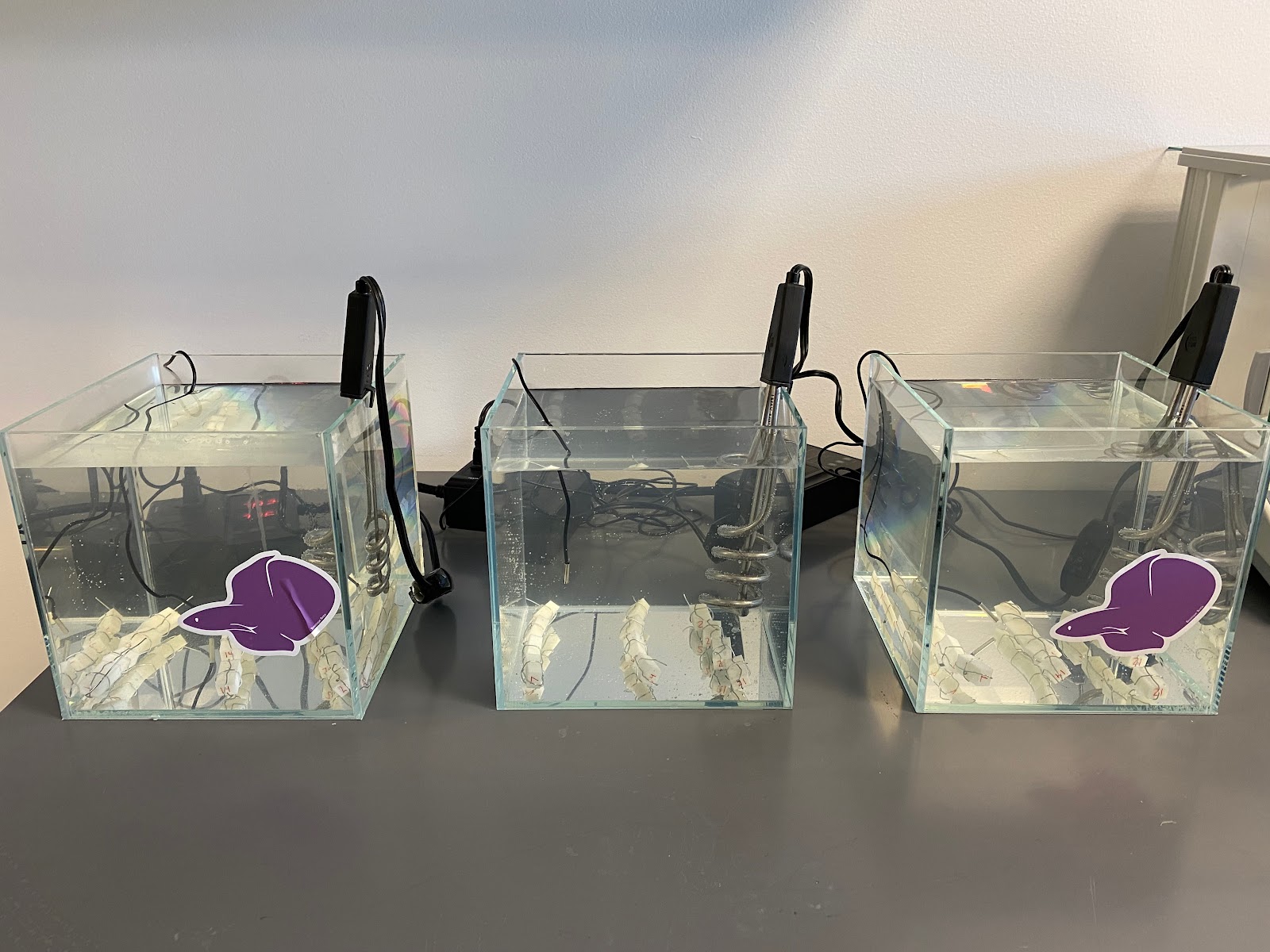The next steps are to assess the surfaces of the samples
through micro indentation and profiling tests. These tests will allow for the
observation of the change in wear and friction of the surfaces as well as the
Young’s Modulus of the samples. Given if time permits mechanical and
tribological evaluations will be done on the ABS samples to observe the change
in mechanical strength and serve as another method of observing the surface
topography of the samples.This has been a rather
engaging experience that has allowed me to pursue my interest in the naval engineering
field. Furthermore, working with Dr. Beheshti has allowed me to gather a sense
of the lab working environment and has compelled me to develop my understanding
of the 3D printing process and corrosive behavior of the ocean through
whichever future opportunities may be presented.
Sunday, July 10, 2022
URSP Student Daniel Hernandez Analyzes the Surface Degradation of Additively Manufactured (AM) ABS Polymers for Naval Application
My name is Daniel
Hernandez, I am a junior at George Mason University working with Dr. Ali
Beheshti to analyze the surface degradation of additively manufactured (AM) ABS
polymers for naval application. This project is a continuation of my work done
in the summer semester to determine the viability of AM ABS polymers in a
saline environment in comparison to their traditionally manufactured
counterpart. Where the main focus this semester has been the aging of the ABS
samples and observing the changes in the surface topography. The aging chambers
consisted of tanks filled with artificial seawater heated to 22°C, 27°C, and
105°C accordingly using a water heater with set submerged durations of 7, 14,
and 21 days. My day-to-day interactions consist of ensuring the proper levels
of seawater in the tanks and recording the change in mass of the samples.
Currently, only half of the samples have been aged though the remainder is set
to be finished soon.

